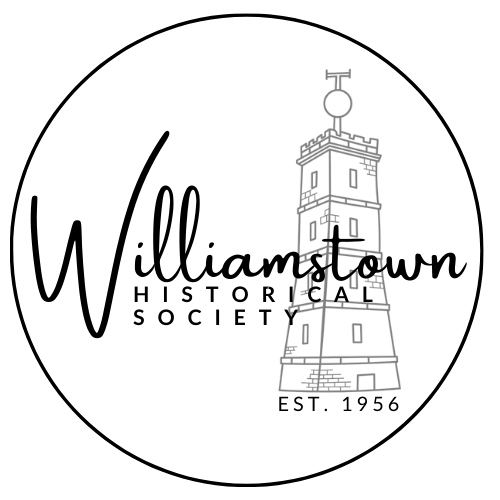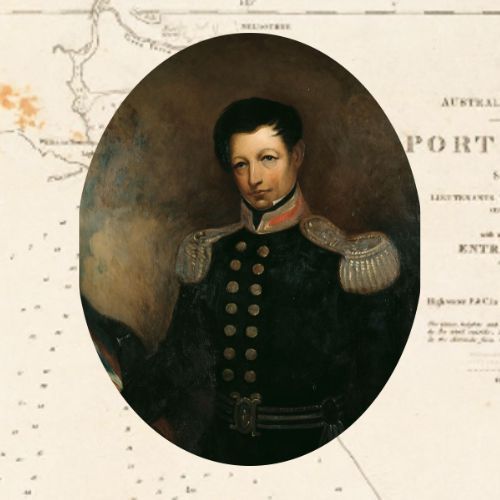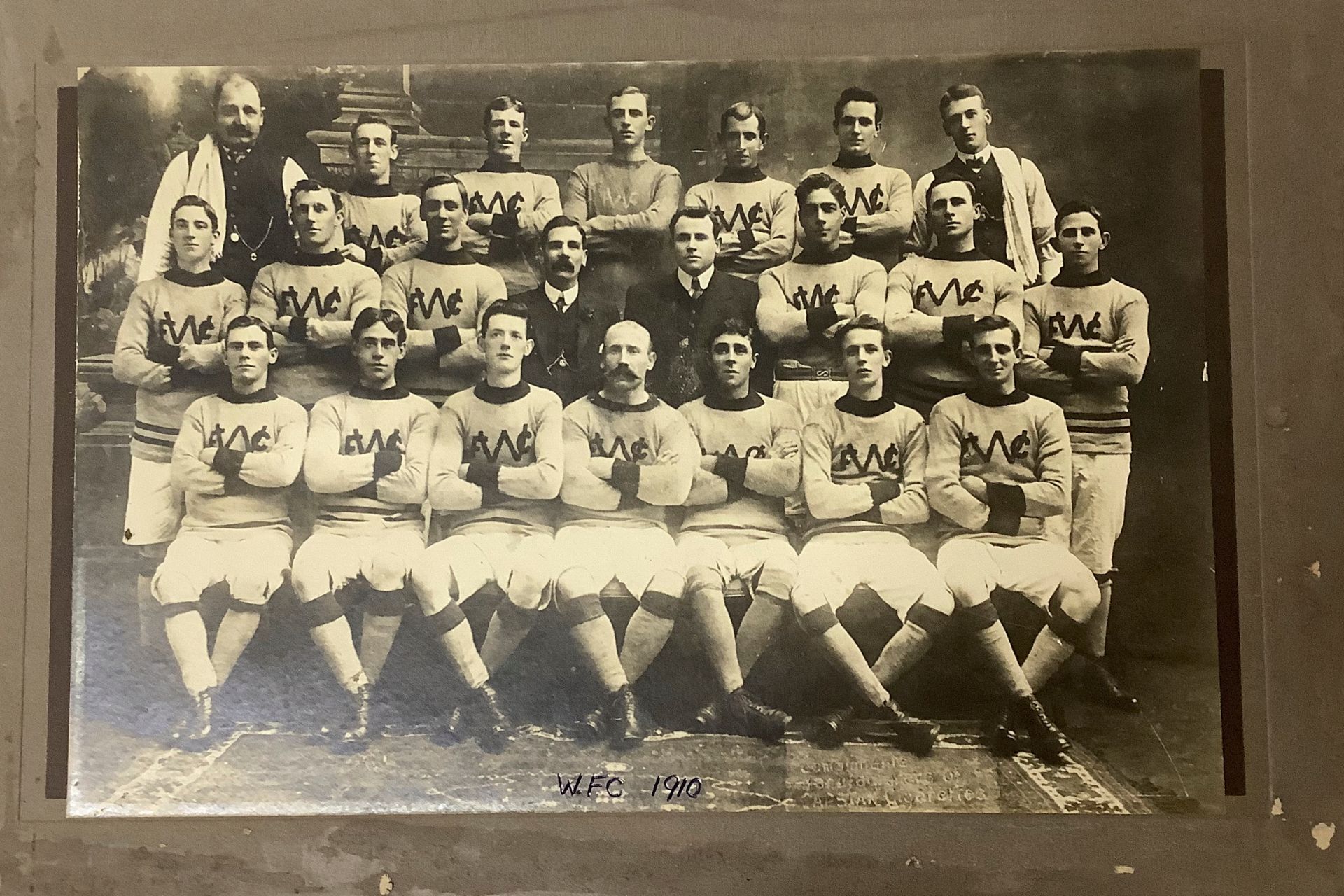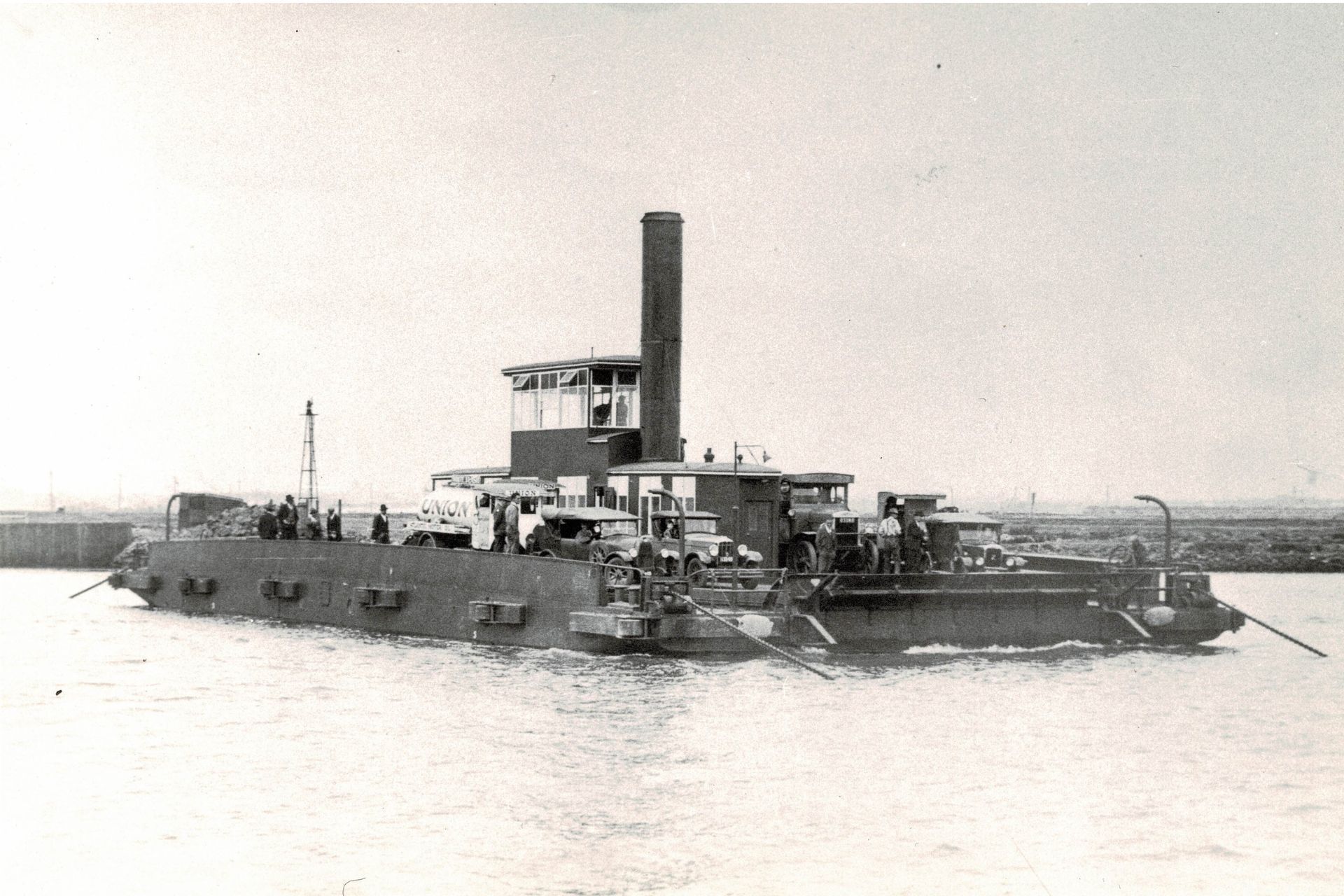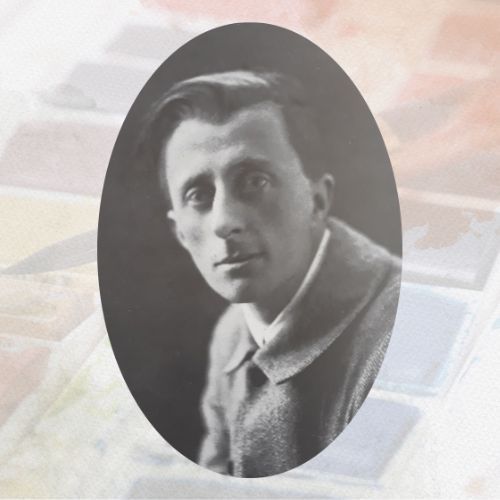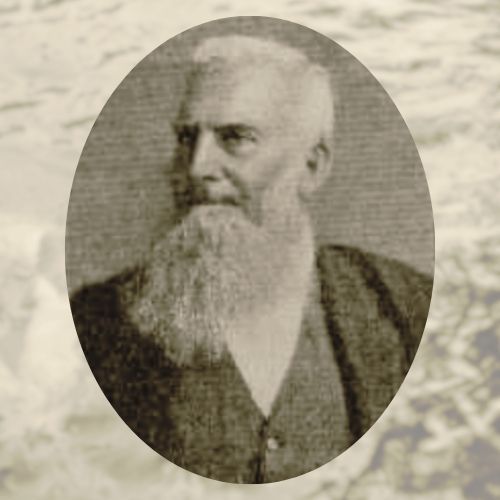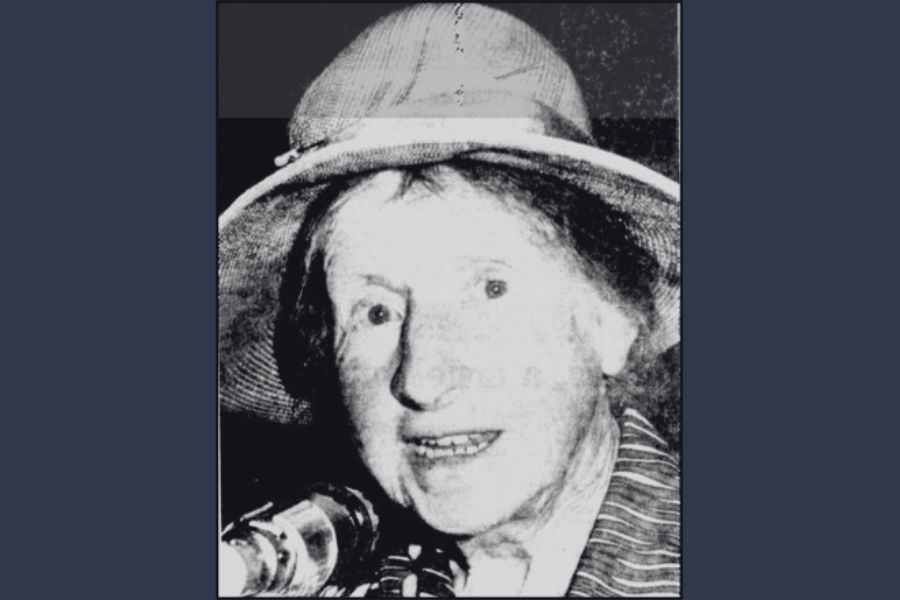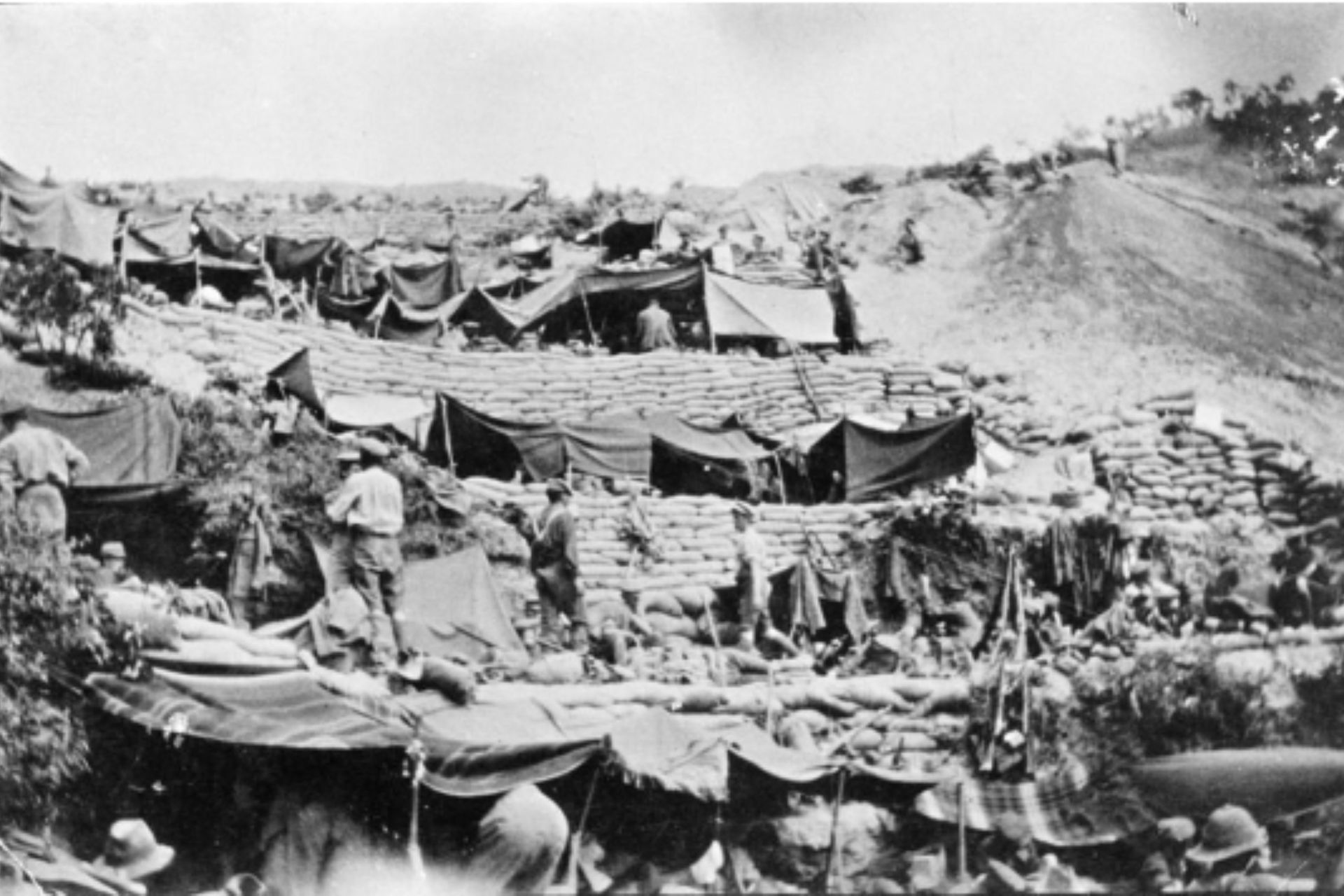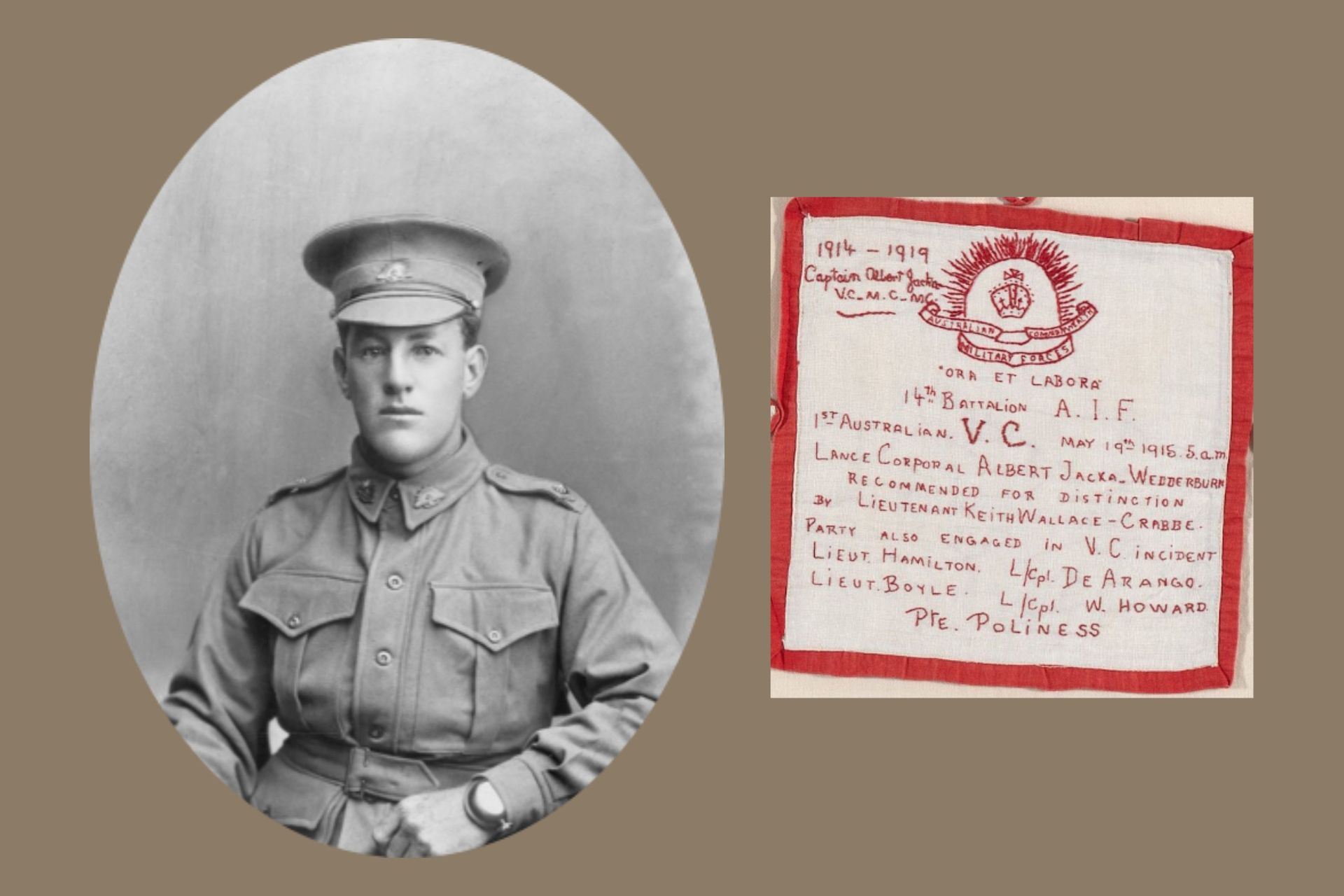Murder of Inspector-General John Price
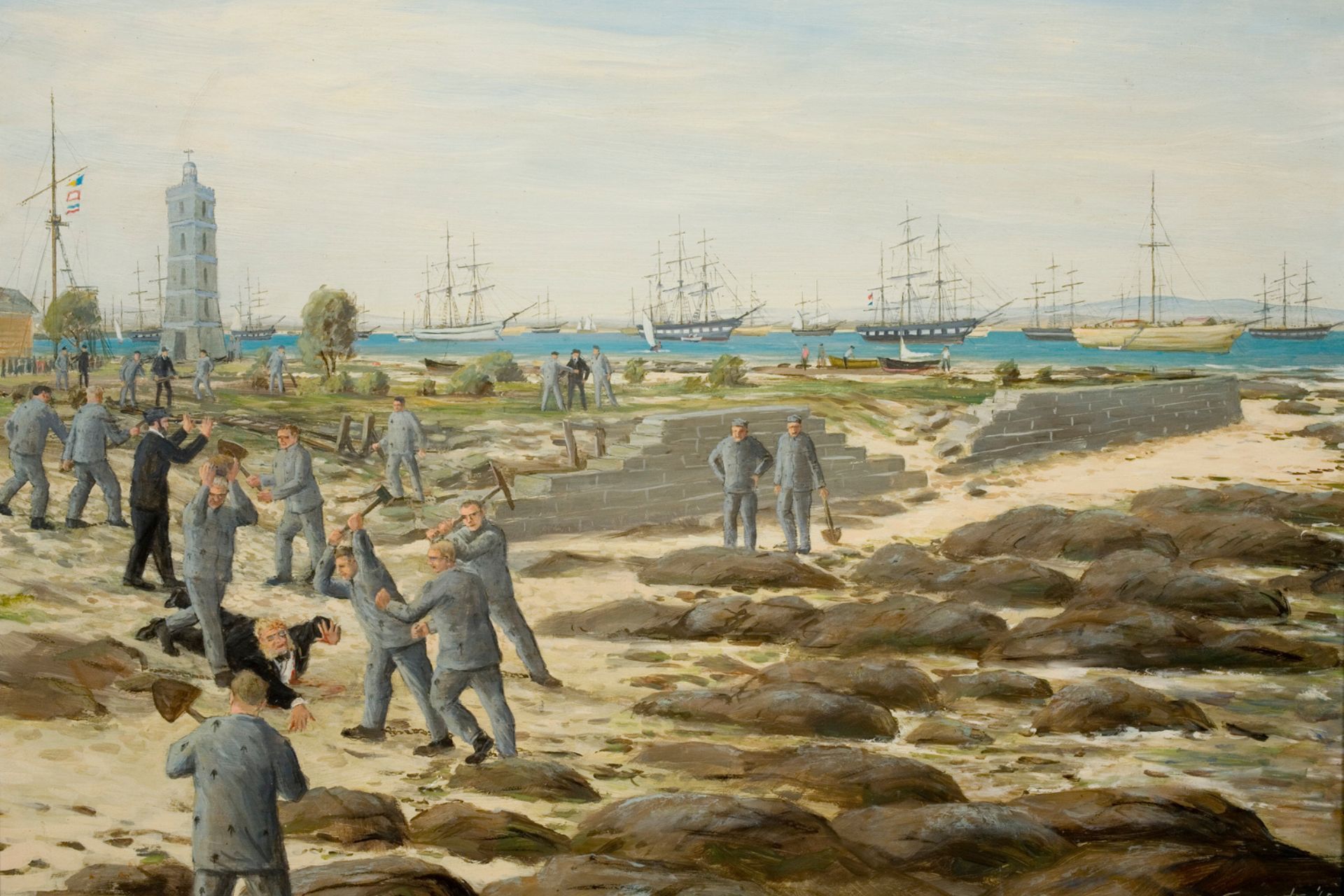
The beginnings of Victoria's Penal System
There is no doubt that Australia began as a penal colony. Because Victoria was not settled until the third decade of the 19th Century, it was never a penal settlement as New South Wales and Tasmania were. Victoria was, of course, part of New South Wales until 1851, when separation was achieved.
The settlement that was to be Victoria came into being on 1st October, 1836, when Captain William Lonsdale arrived in Melbourne, accompanied by some surveyors, a constable and a few soldiers, to take up the office of Resident Magistrate. Before that there had been a settlement on the banks of the Yarra, called The Anchorage or Gellibrand's Point.
In March 1837, Sir Richard Bourke, the Governor of New South Wales, came to visit the new settlement and by a Proclamation of the 10th April, 1837, he named Williams Town after King William IV, and Melbourne after Lord Melbourne, Prime Minister of Great Britain. The Bay in between was named Hobson's Bay.
It was during the ten years, 1851 to 1861, that the basis of the State of Victoria was really laid. The decade was called 'The Golden Years' for more reasons than one, for gold was discovered in 1851, and the Gold Rush to Victoria began.
The sturdy and adventurous pioneers who came to the Colony were assets of great value, but there came also a body of people who were debased and degraded, the vicious products of the convict system. Some men were capable of committing any atrocity and the public welfare required that stern measures should be used against them. It was decided to use hulks to incarcerate desperate criminals, and so it came about that the hulks - the President, Success, Deborah, Lysander and Sacramento - were assembled in Port Phillip, mainly in Hobson's Bay, although the Sacramento spent most of its time at Corio Bay. The hulk was a worn out wooden ship (no longer of any use as a merchantman) that would still stay afloat. There were also gaols on land, and the Marine Stockade at Williamstown (now demolished) held convicts of substantial sentences.
In January 1854, John Price was appointed to be the Inspector-General of Penal Establishments for the State of Victoria, after being Civil Commandant of the penal settlement on Norfolk Island. Price, who had had a long experience of convicts, used his own methods of punishment. It was said that Price's administration on the hulks and at Pentridge Gaol was merciless, and that penal reform was urgently needed.
On 26th March, 1857, Price went to Gellibrand Point at Williamtown, where prisoners from the 'Success' were engaged on an ambitious scheme of reclamation of land and the construction of various facilities at the port. He did so in response to a request from the convicts to hear complaints in connection with rations and a variety of other grievances. While he was listening to the grievances of some convicts, a group of 'cartmen' as they were called, came up and demanded to be heard. Cartmen were the convicts who brought the stone in carts from the quarries to the works. Price ordered them onboard the 'Success'. A prisoner at the back of the group threw a couple of 'clods' of earth and these were followed by a shower of stones. Price put up his hand to protect himself, and immediately the mob surged forward. He was knocked down and badly kicked and beaten. When his assailants saw he was gravely injured they ran away as most of Price's officers had done. The Inspector-General was rescued from where he lay in the mud, mortally wounded, by three or four convicts who placed him on a wheelbarrow and took him to the Lighthouse. From there he was taken to Dr. Wilkins' home in Williamstown, where he died the next day.
The Law was swift and terrible in its vengeance. Price died on 27th March, and on the 28th March the inquest began. Fifteen prisoners were committed for trial - 7 were condemned to death and the others acquitted. By the 30th April, all of the prisoners had been hanged.
References
This article was printed in the Williamstown Historical Newsletter, No. 4 on 6th August 1971.
